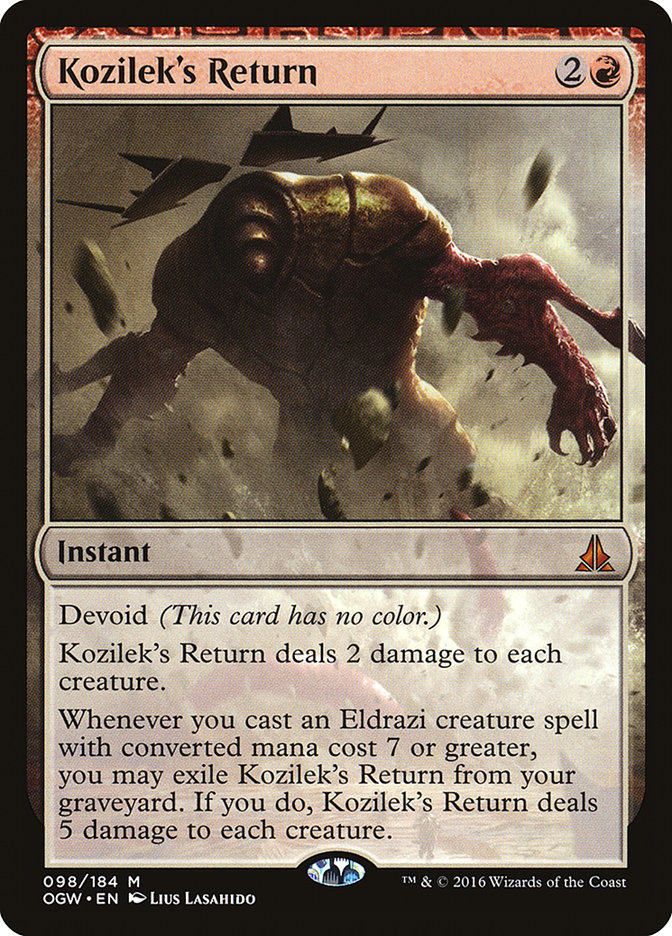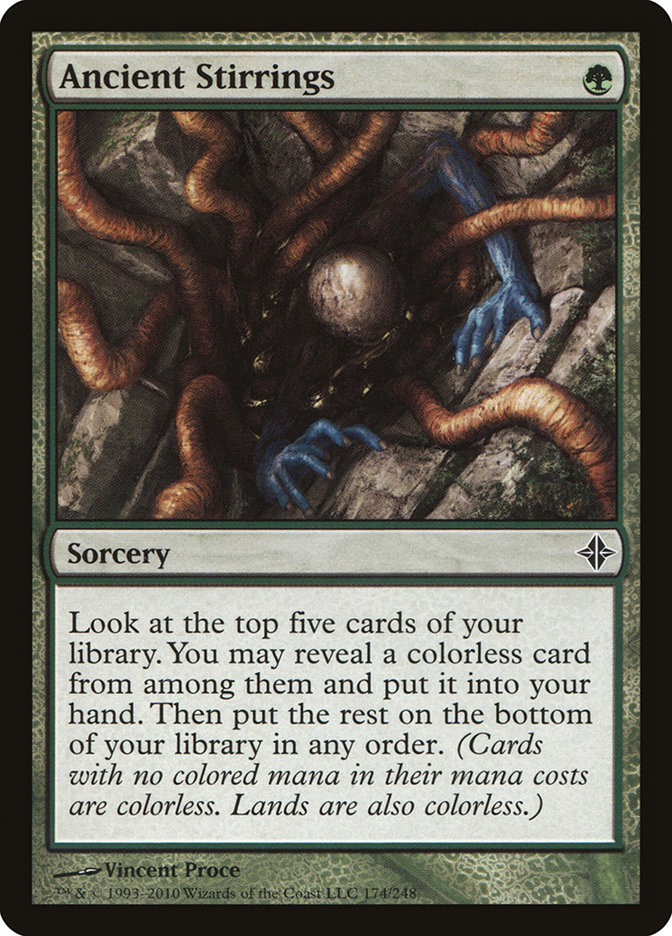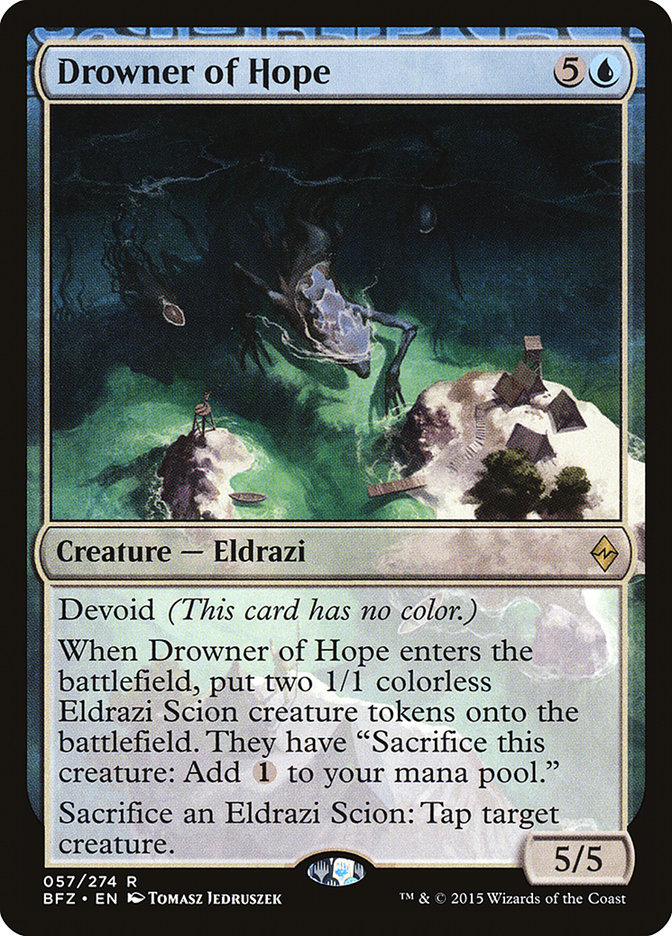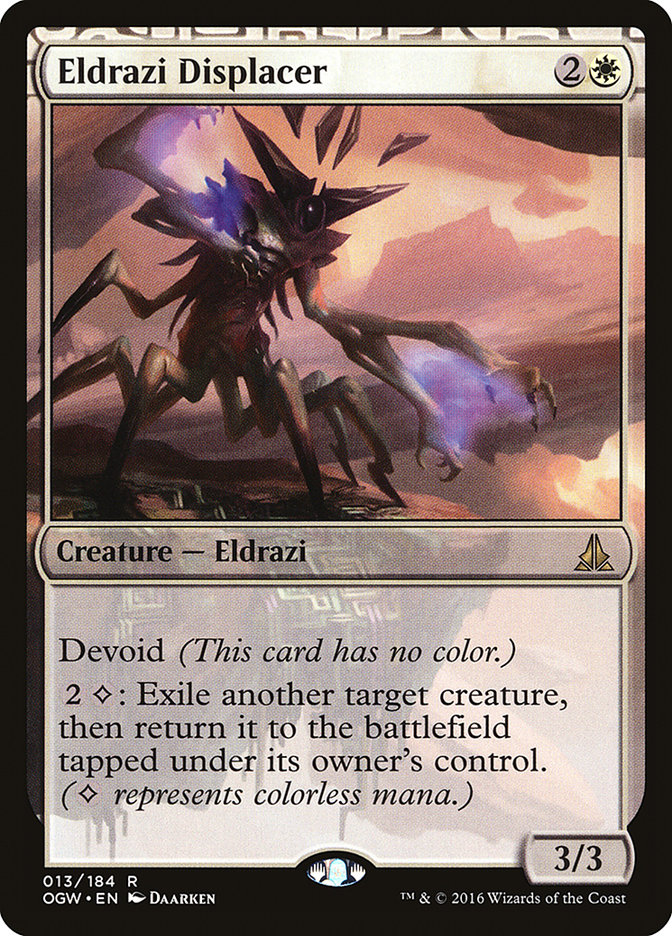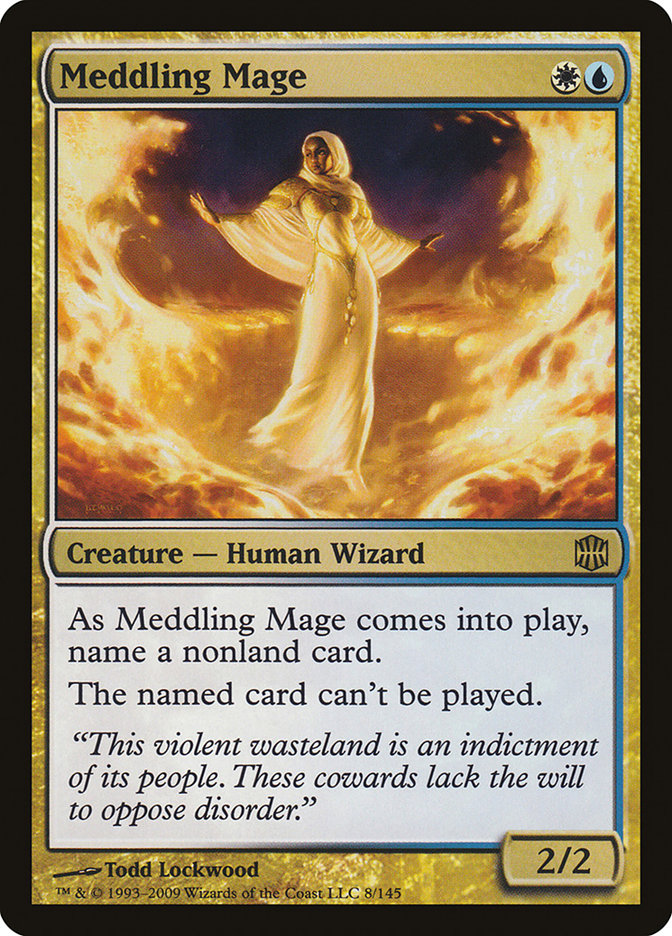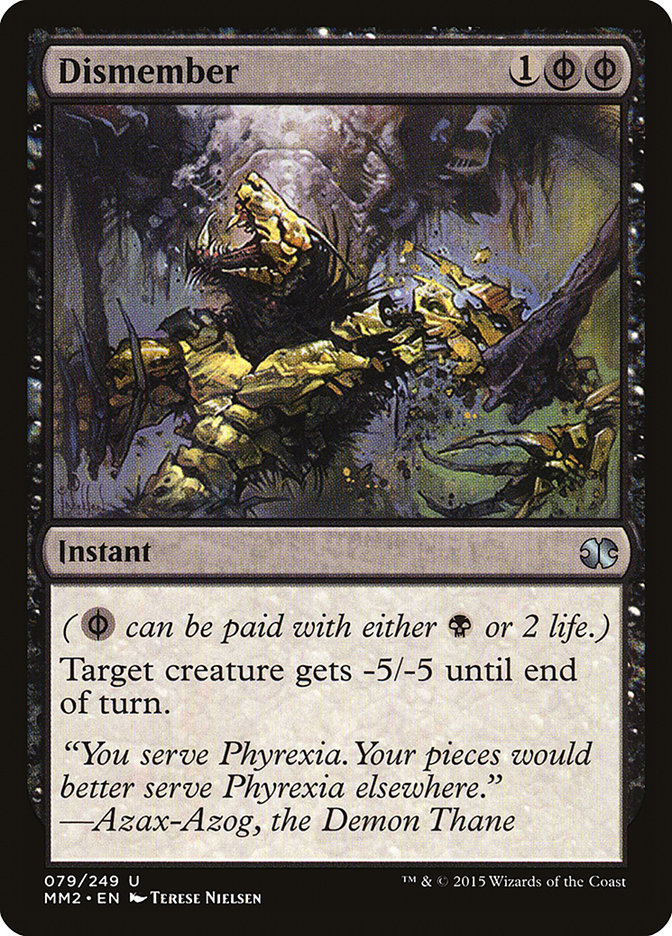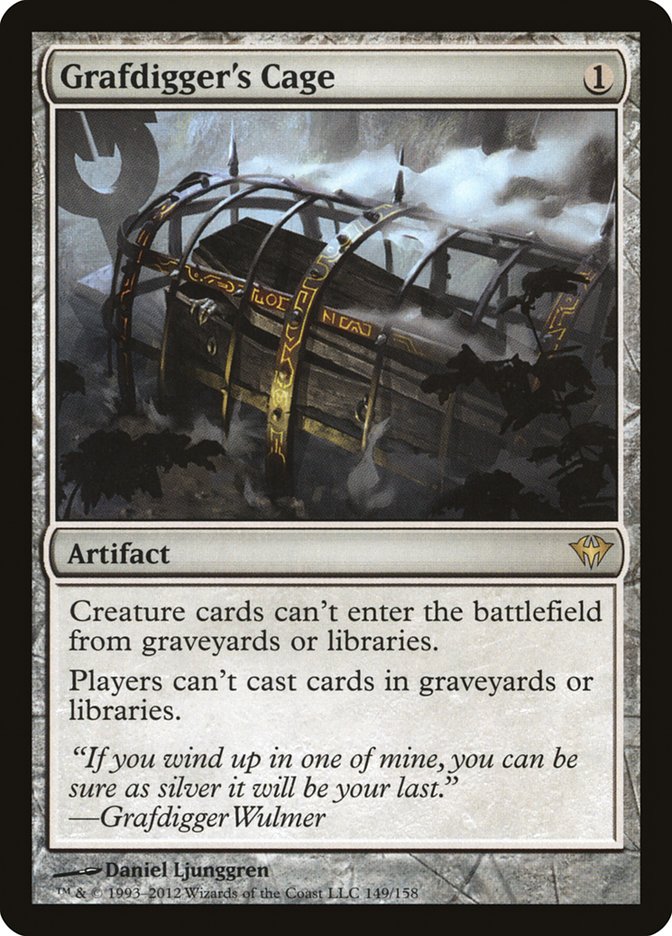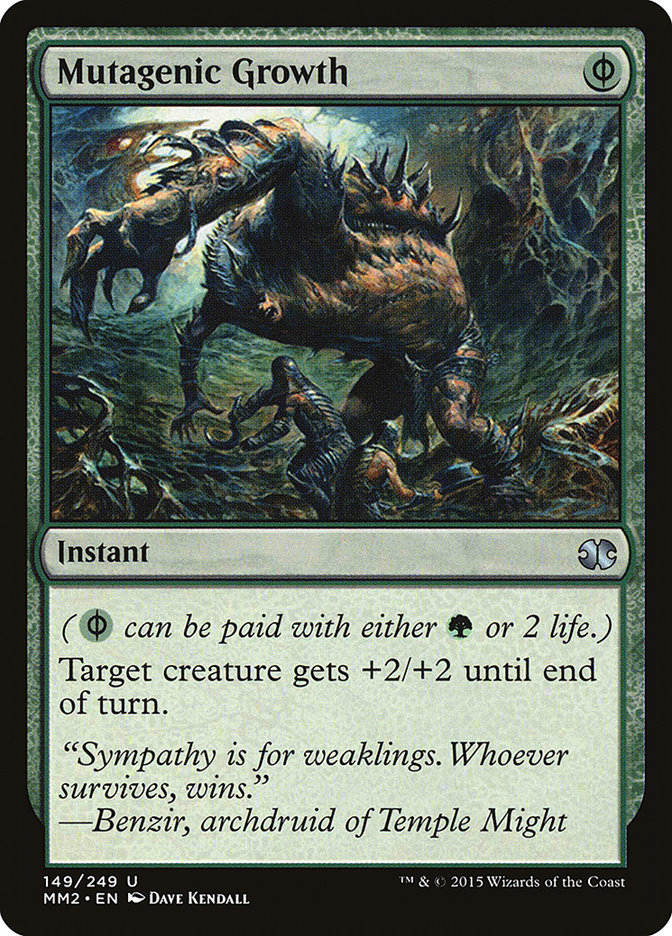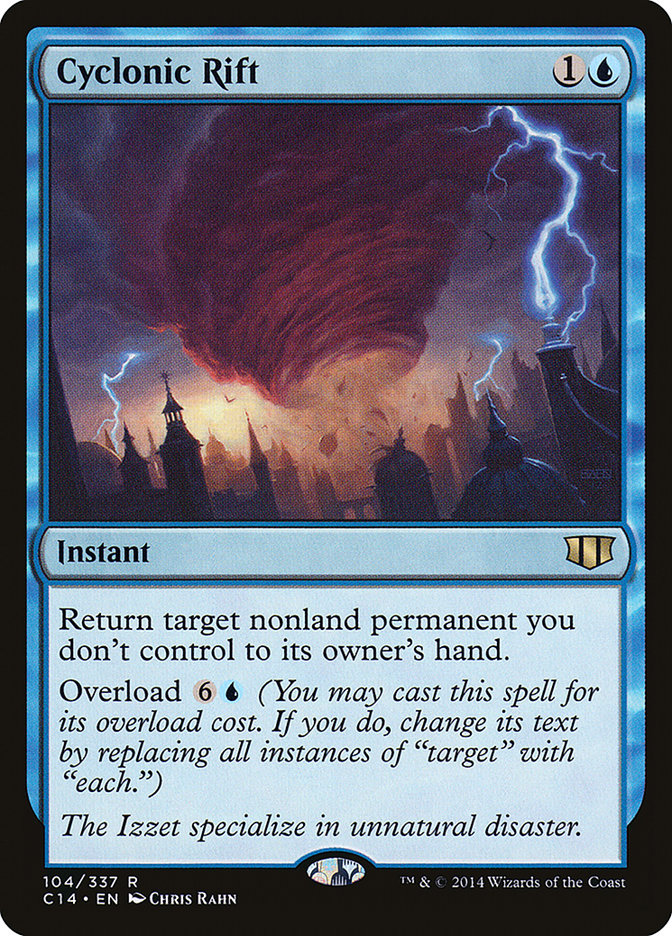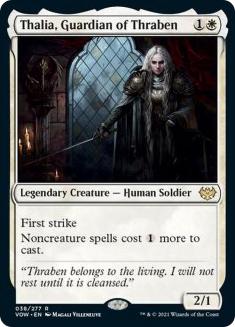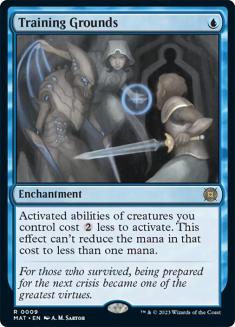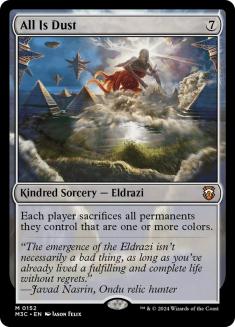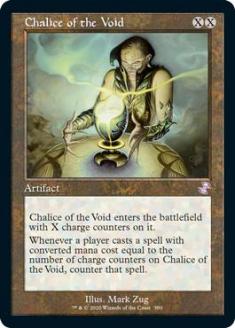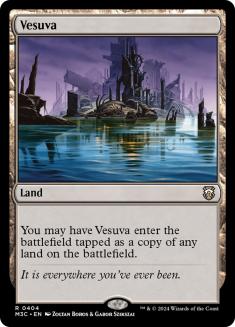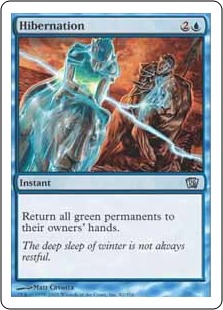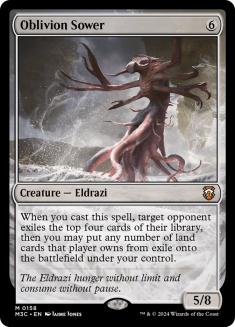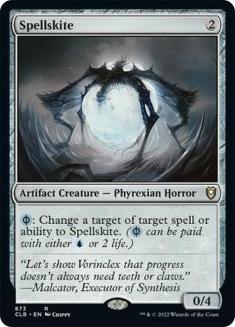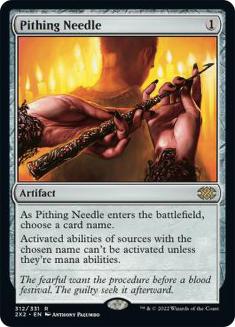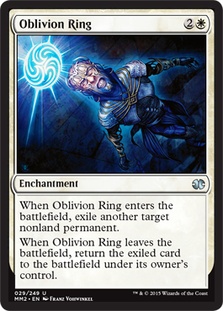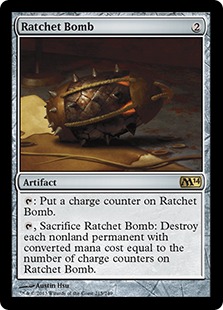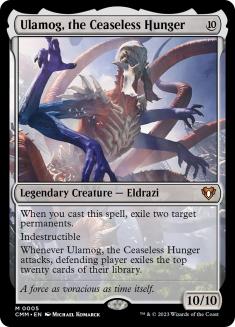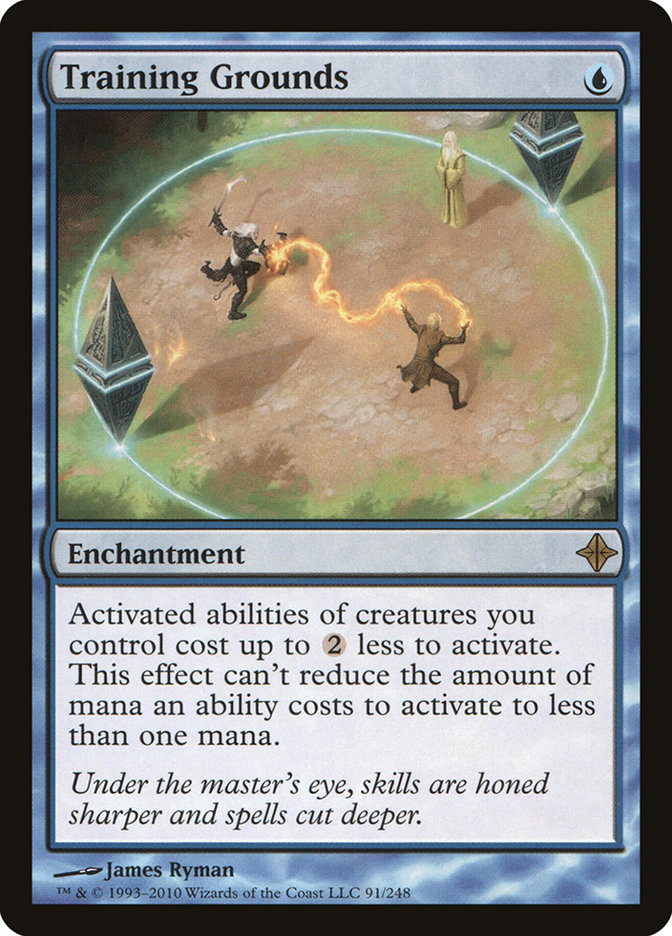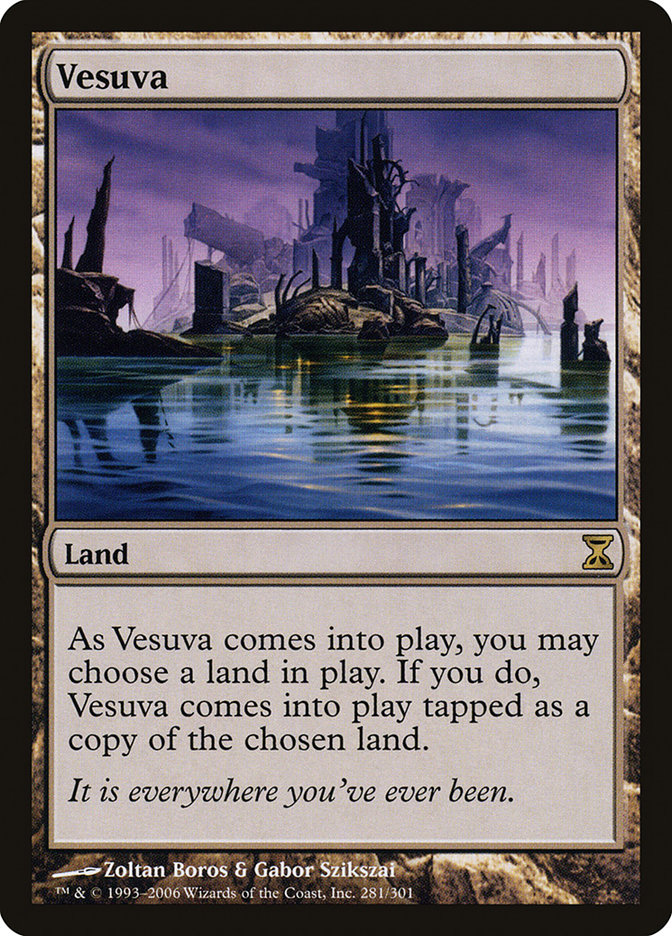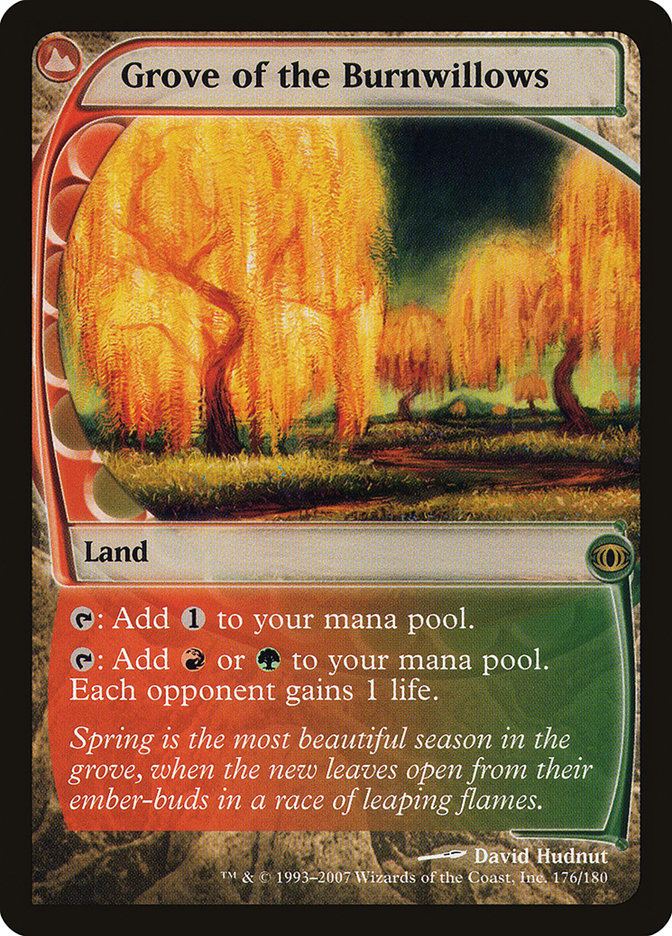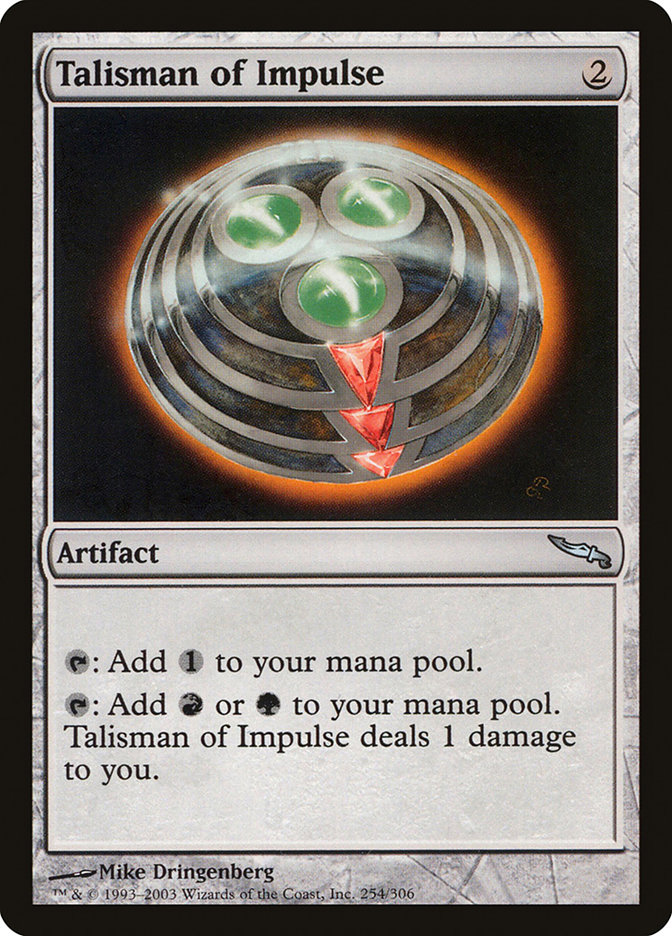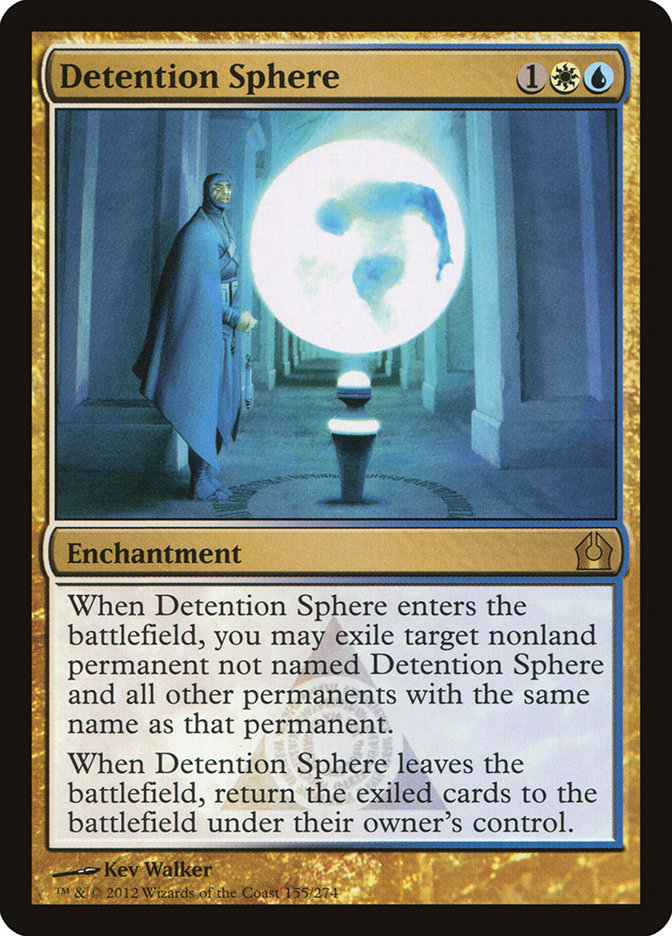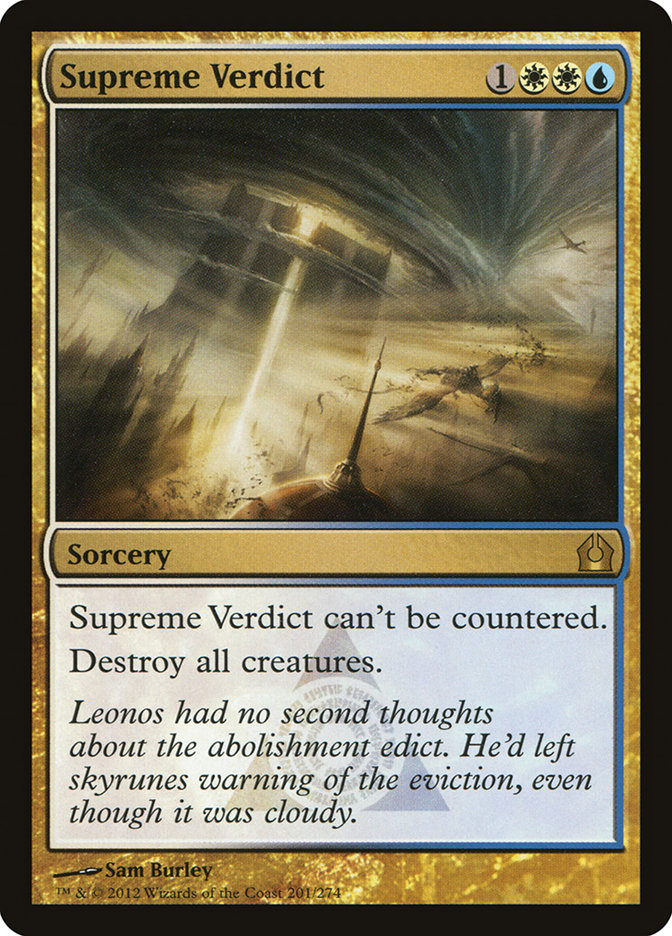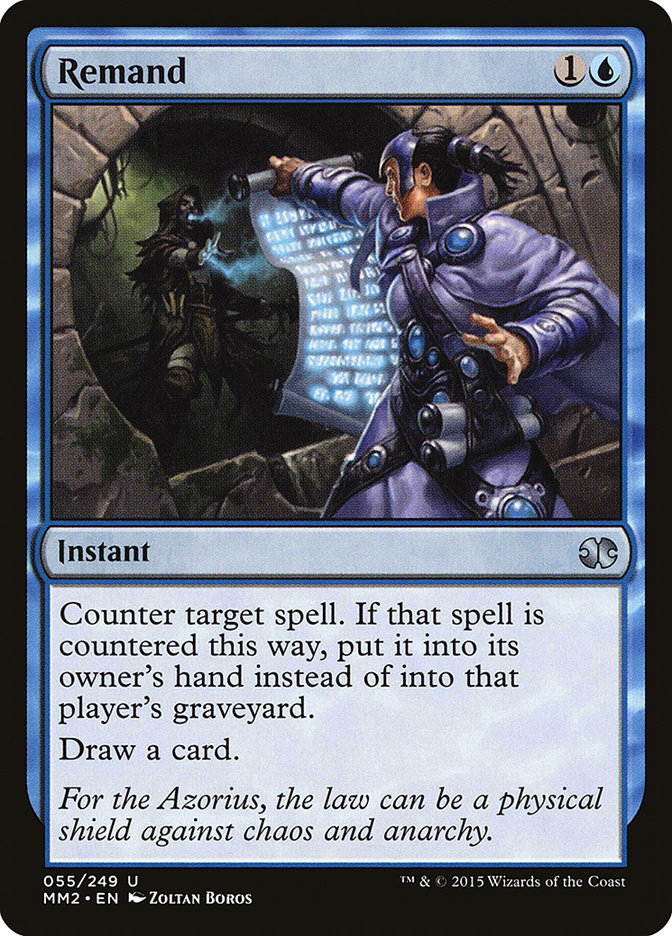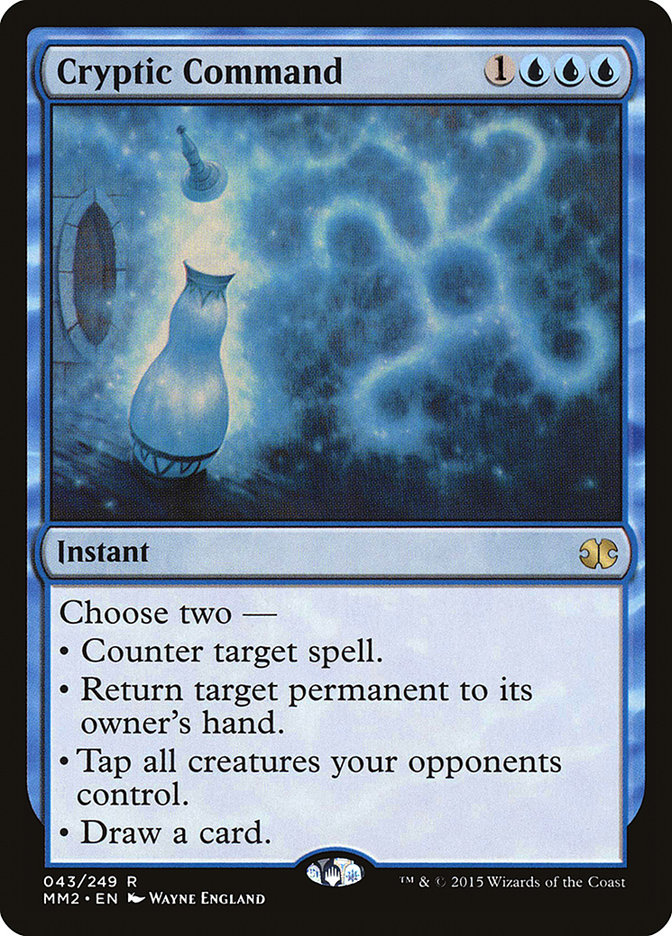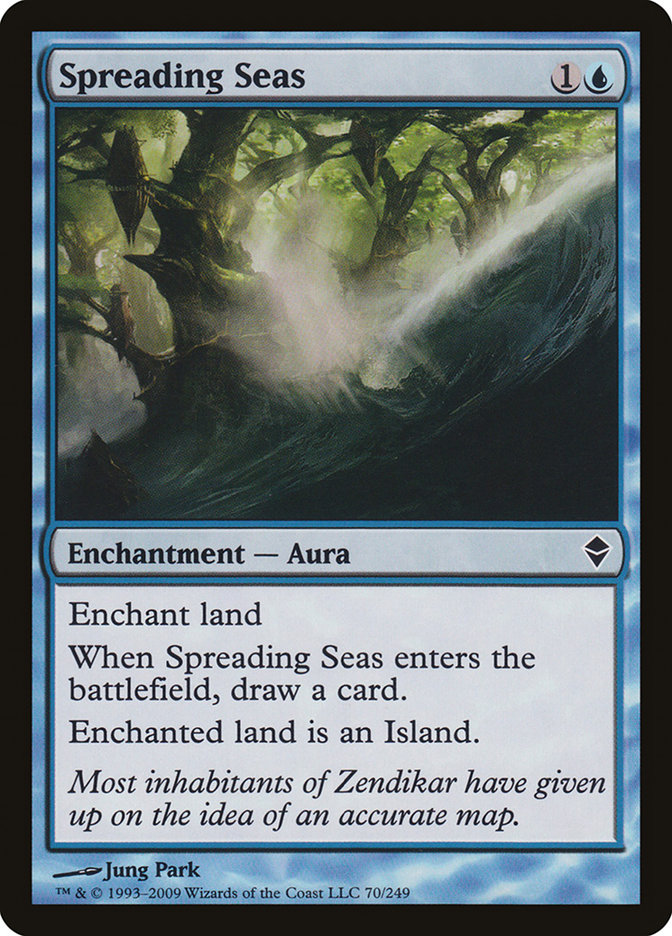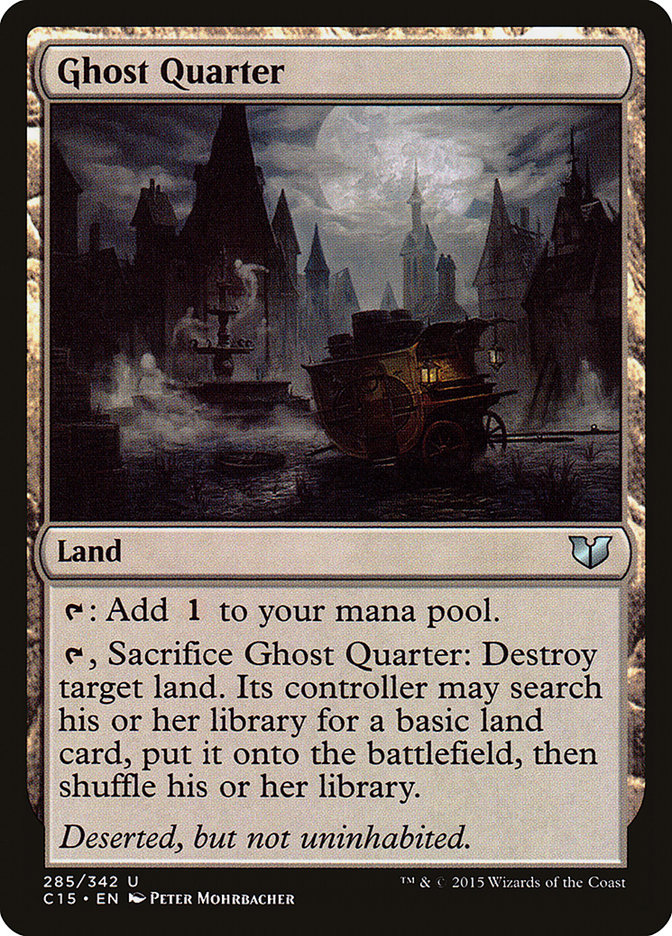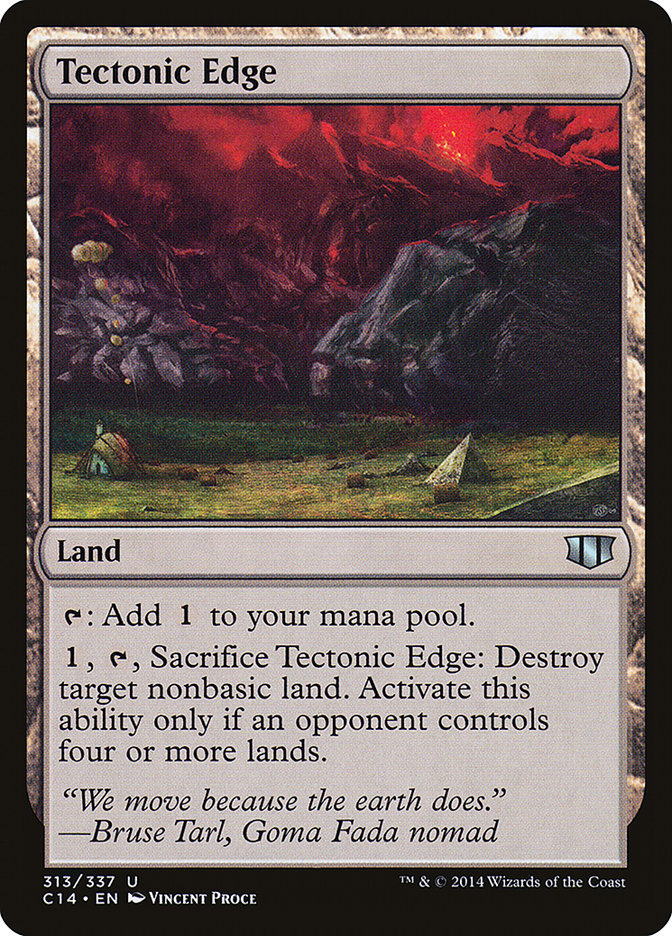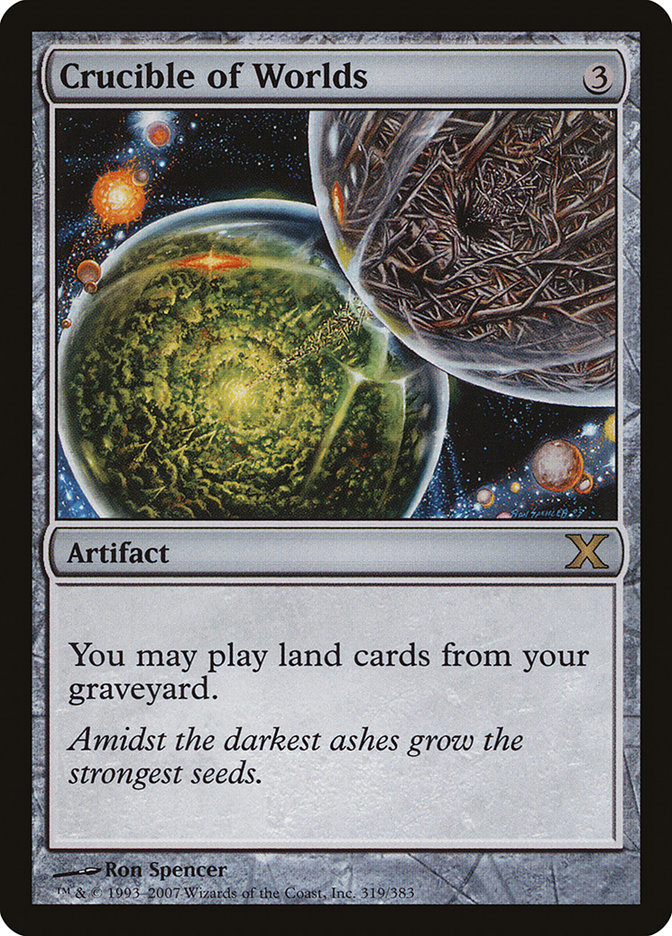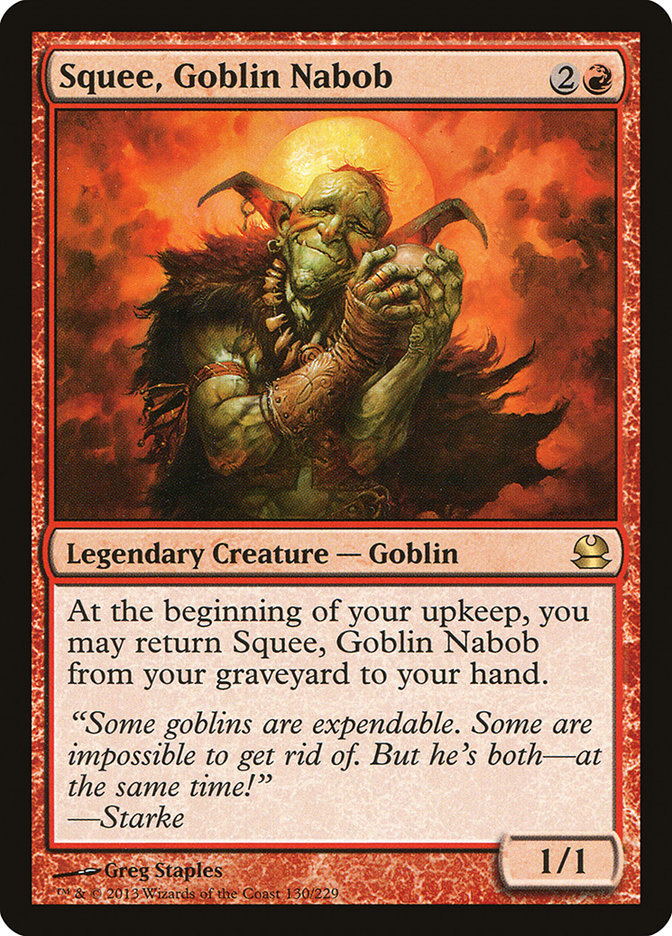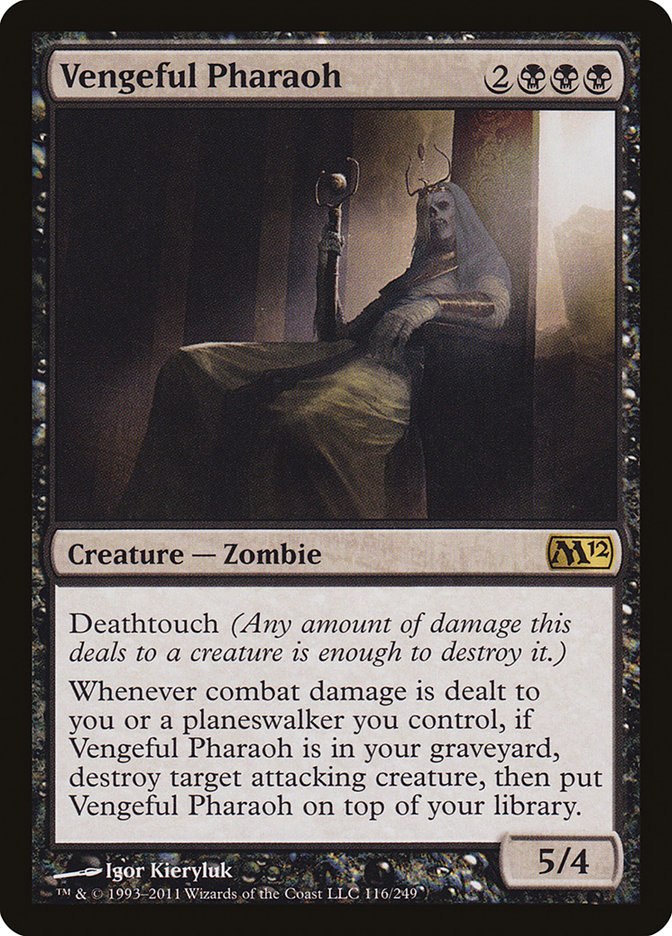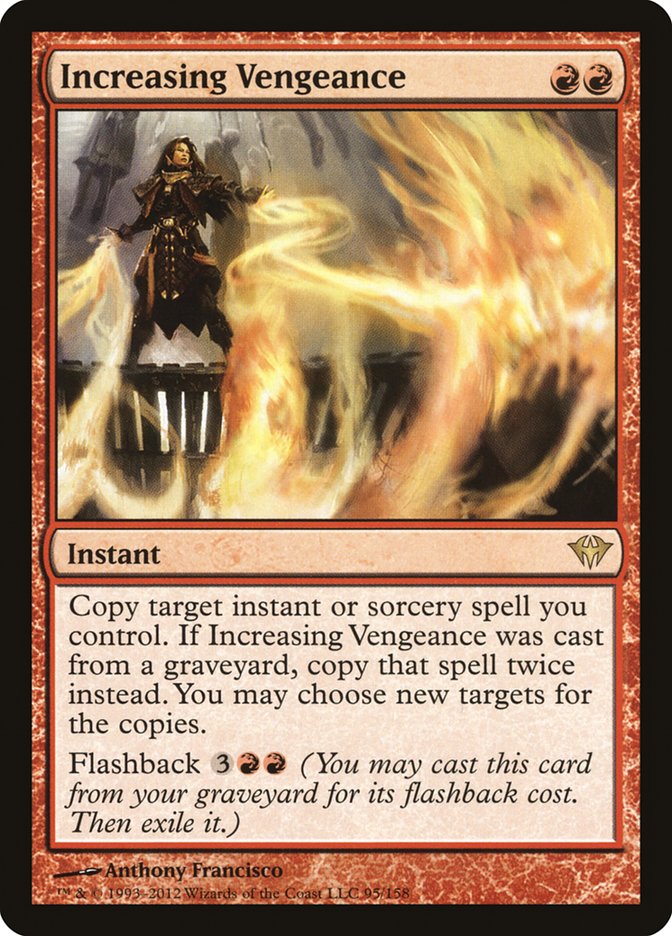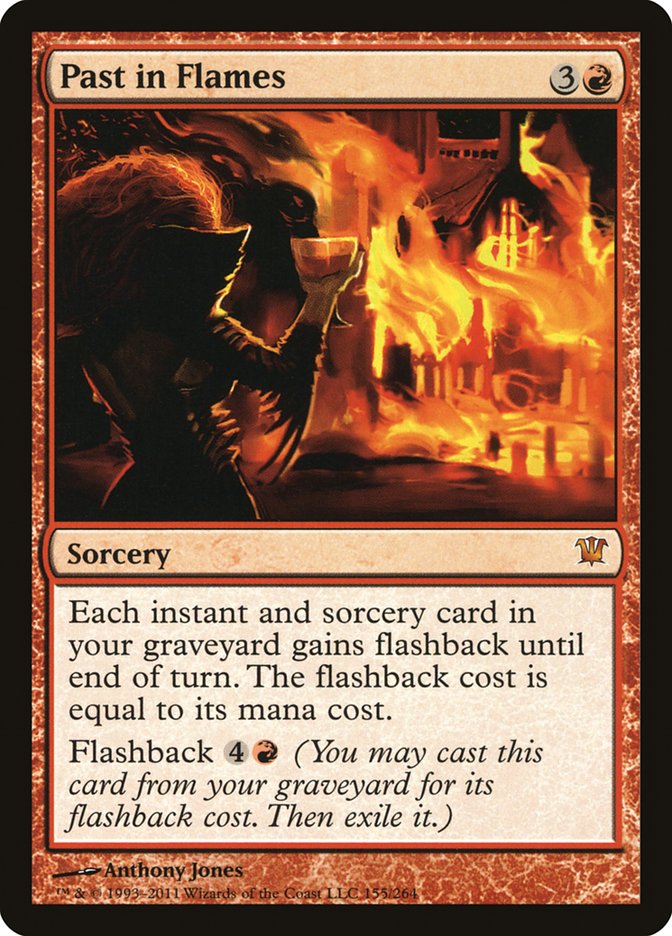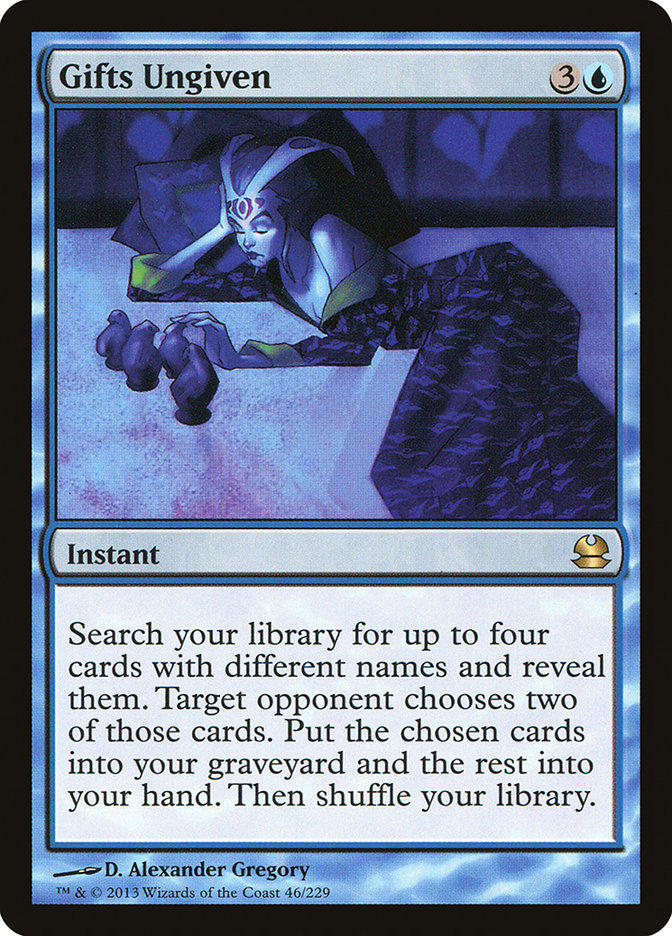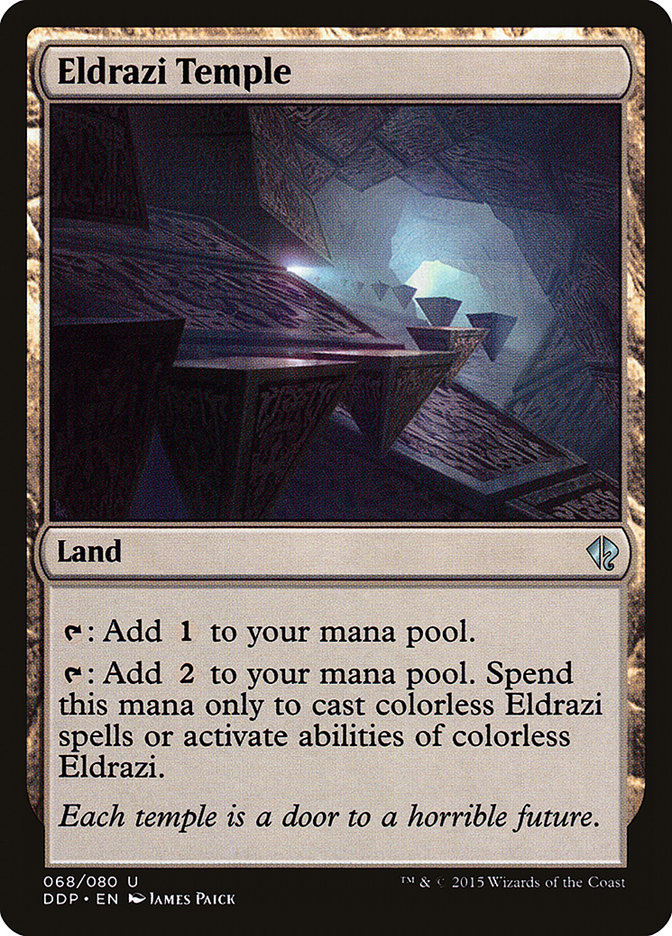Hopefully, both of the people this is surprising to are sitting down. This is gonna get ugly.
This weekend was a new experience for Modern. It’s not even the triple Modern Grand Prix weekend or the awesome escape room spoiler events. It’s the first time a Modern GP has had a single strategy break 33% of a GP Day 2 or Top 100 metagame. Of course, it was also the second and third.
It’s hard to find the words to describe this Modern format without being disrespectful. Without exaggeration, it’s one of the most broken formats of all time. Caw-Blade was even more popular, but that was a Standard deck. It takes a lot less for a Standard deck to hit this level of dominance on a weekend. Modern is always split 25 ways. When a Standard deck hits 20% for extended periods, that’s just one of the defining decks. When a Modern deck hits 20% for extended periods, it’s on the watchlist.
Nothing’s in the 30s.
Since, you know, Eldrazi is over 40%, again.
Wait, wait, wait. Is it really fair to lump all of the Eldrazi decks together? After all, R/G Eldrazi has Kozilek’s Return and Ancient Stirrings, whereas U/W Eldrazi has Drowner of Hope and Eldrazi Displacer.
vs.
Even if you were to only count U/W Eldrazi, that’s still over 30%. Besides, all of these decks are basically the same thing. You’re playing Thought-Knot Seer and Reality Smasher on the cheap with Eldrazi Temple and Eye of Ugin, along with lots of other creatures that are primarily about being subtype Eldrazi for the super discount.
Here’s a look at the Top 100 metagame from each Grand Prix:
|
Archetype |
US Top100 |
EU Top100 |
AUS Top100 |
Average |
|
Eldrazi |
47% |
39% |
43% |
43% |
|
Abzan CoCo |
12% |
10% |
8% |
10% |
|
Affinity |
2% |
9% |
11% |
7.3% |
|
U/W Control |
4% |
9% |
7% |
6.7% |
|
4% |
7% |
4% |
5% |
|
|
Elves |
4% |
2% |
5% |
3.7% |
|
Infect |
5% |
1% |
4% |
3.3% |
|
Misc |
22% |
20% |
17% |
19.7% |
This isn’t even weighted for finish, or anything, or it’d be even more lopsided, since Eldrazi overperformed at every spot in the tournament. Eldrazi took 55% of the Top 32 slots of all three GPs combined, and over 58% of the Top 8 spots. It even won 67% of the GPs!
Speaking of which, let’s take a moment to tip our hats to Ralph Betesh and Abzan Company. Ralph was the only player to win without Eldrazi, and did so with the clear winner of the weekend in the “Not-Eldrazi” category.
Creatures (29)
- 4 Birds of Paradise
- 3 Eternal Witness
- 2 Wall of Roots
- 1 Orzhov Pontiff
- 4 Kitchen Finks
- 1 Murderous Redcap
- 3 Noble Hierarch
- 2 Viscera Seer
- 2 Spellskite
- 2 Melira, Sylvok Outcast
- 1 Fiend Hunter
- 2 Voice of Resurgence
- 2 Anafenza, Kin-Tree Spirit
Lands (23)
Spells (8)

This list is teched out for the world we live in, being slanted for speed, while also featuring maindeck Fiend Hunter and Intrepid Hero out of the sideboard. With everyone targeting Affinity this weekend, graveyard combo decks had a little bit of extra breathing room… in a “the best deck uses Rest in Peace and Grafdigger’s Cage” sort of way.
While Abzan Company proved the most successful Collected Company deck on the whole (including well above Elves, which did not put up any Top 8s), Alessandro Lippi deserves an honorable mention for his Bant Company deck.
Creatures (29)
- 2 Intrepid Hero
- 1 Birds of Paradise
- 2 Eternal Witness
- 3 Meddling Mage
- 4 Noble Hierarch
- 4 Knight of the Reliquary
- 1 Qasali Pridemage
- 2 Scavenging Ooze
- 4 Phantasmal Image
- 2 Voice of Resurgence
- 4 Reflector Mage
Lands (22)
Spells (9)

Have you ever seen so many Intrepid Heroes?
He’s even got Phantasmal Images to help reinforce this potent interaction!
What about the Eldrazi?
As tempting as it is to go through the fourteen Eldrazi Aggro decks to Top 8 a Grand Prix this weekend, we might as well save ourselves some time and talk about the range of cards people used that strayed from the beaten path at all. While there are a bunch of Eldrazi decks in the format, U/W is far more popular than all of the rest put together. There also isn’t really very much variety among the U/W Eldrazi lists. Gerry Thompson’s list is basically the archetypal U/W Eldrazi deck:
Creatures (28)
- 4 Drowner of Hope
- 4 Endless One
- 4 Eldrazi Skyspawner
- 4 Eldrazi Mimic
- 4 Eldrazi Displacer
- 4 Reality Smasher
- 4 Thought-Knot Seer
Lands (25)
Spells (7)

What makes Gerry Thompson’s list so much the average of everyone else’s?
Well, for starters, he just played Andrew Tenjum’s list from the SCG Open in Louisville two weeks prior. So there is that.
Okay, okay, fair is fair, Gerry went with four Dismember and three Path to Exile, instead of four Path to Exile and three Dismember. Nice!
While the rest of Gerry’s maindeck is identical, he did mix up the sideboard a little. Gerry cut the two Worships and two Disenchants, as well as shaving a Stubborn Denial and a Rest in Peace. In their place, he had two Grafdigger’s Cages, two Mutagenic Growths, a Hurkyl’s Recall, and a Cyclonic Rift.
With two Cage and two Rest in Peace, Gerry actually has more graveyard hate than Tenjum had to help fight against Abzan Company. Grafdigger’s Cage also provides much-needed strength against Elves (another Collected Company plus Chord of Calling deck).
Those Dismembers aren’t going to counter themselves!
While Worship is cute when people aren’t expecting it, the jig is up. Everyone has access to stuff like Cyclonic Rift; Oblivion Ring; Ulamog, the Ceaseless Hunger; something. Gerry’s approach is to instead tempo people out. And I love it. You’ve got to sideboard out the Endless Ones, since they get wrecked too hard by Eldrazi Displacer.
Cyclonic Rift is a mirror-breaker that plays into the tempo plan, is an out to Worship-type nonsense, and can win the game on its own if things get locked up. I actually played a Calciform Pools in order to better support Cyclonic Rift, but I had two copies. I kind of like Gerry’s slightly faster approach, though, of course, we’re debating only a few spots, as there really aren’t a ton of negotiable slots in the deck.
The only variety we saw among maindeck creatures was the occasional replacing of two Endless Ones with Phyrexian Metamorphs (letting you copy your opponent’s Thought-Knot Seers and Reality Smashers, as well as getting freaky with Eldrazi Displacer), and an occasional Matter Reshaper one-of in place of a removal spell (or land).
Mana-wise, most of the lists started:
1 Island
1 Plains
The last three spots typically involved at least one more colorless source and at least two more white sources. Another Flooded Strand and another Caves of Koilos were the most common, with the final spot (aka the Urborg, Tomb of Yawgmoth spot) featuring anything from Vesuva to Ghost Quarter, Gemstone Cavern to Wastes.
As for the spells, most people stuck with seven removal spells, though there was disagreement on which way the split should go between Dismember and Path to Exile. A few even played a Cyclonic Rift maindeck, for extra inbred pre-sideboarding.
As for actual sideboarding, there’s at least a little more variety, but Stony Silence, Rest in Peace, and Gut Shot were mostly universal. Besides the options above, one or more players also used:
Most of these are pretty self-explanatory, but generally, they are primarily:
● Cards that can get rid of Worship
● Cards that are good against Elves (Hibernation, Ratchet Bomb, Chalice of the Void)
● Cards that try to trump the mirror (Training Grounds + Eldrazi Displacer + Drowner of Hope yields infinite tokens and mana and taps, and if you have Thought-Knot Seer, you run them out of cards)
I considered the Training Grounds experience, but I just didn’t find the games to get as locked up as they seemed to in the coverage of the SCG Open a couple of weeks ago. If you play against it, however, it is important to remember that they can stack a ton of draw triggers from Thought-Knot Seer before letting any of them resolve, so it’s not like having a removal spell somewhere in your deck lets you break up the combo.
Generally, you copy your opponent’s Eldrazi Temple or Eye of Ugin. I can’t imagine why.
The other flavor of Eldrazi Aggro was R/G, with the aforementioned Ancient Stirrings to find Eldrazi land more often (or just more threats) and Kozilek’s Return to combo with World Breaker or Endless One to take over the battlefield (killing Drowner of Hope… assuming they don’t have a Mutagenic Growth…)
Grand Prix superstar Fabrizio Anteri’s build is fairly typical:
Creatures (20)
Lands (24)
Spells (16)

Without Eldrazi Displacer, Eldrazi Skyspawner, or Drowner of Hope, R/G Eldrazi has to reach farther for enough creatures to flesh out the list. World Breaker is fine, but none of the other red or green Eldrazi really fit a Kozilek’s Return-based strategy, so we’ve got to make do with Matter Reshaper and Oblivion Sower.
Yeah, Lightning Bolt! Back in the Top 8 as a two-of! Without Path to Exile, we’ve got to play something. There’s even a third copy of the fringe playable in the sideboard!
The R/G Eldrazi decks typically need a bit more mana, since they go all the way up to World Breaker (and beyond). Ancient Stirrings helps, but it also means we need more colored mana than U/W. Fortunately, between Karplusan Forest, Grove of the Burnwillows, and Talisman of Impulse, we get to play an abundance of tri-lands (red, green, and colorless). Grove of the Burnwillows is awesome in here, obviously better than Caves of Koilos in U/W; Talismans make a lot more sense when you get away from Eldrazi Mimic.
While All Is Dust showed up in some U/W lists, it’s quite a bit better in R/G. Ancient Stirrings helps find it, as well as increasing the frequency of double-Eldrazi land draws (which capitalize on Tribal – Eldrazi). Talisman of Impulse also helps make sure we can get to seven mana in time to matter.
While there were a few other variations of Eldrazi Aggro, they generally were pretty close to one of these two approaches. The format appears to have settled down, and despite people knowing this is the enemy, there’s really not a ton they can do about it.
Here are some of the attempts!
Creatures (28)
- 4 Arcbound Ravager
- 4 Ornithopter
- 4 Master of Etherium
- 4 Steel Overseer
- 3 Memnite
- 4 Signal Pest
- 1 Spellskite
- 4 Vault Skirge
Lands (17)
Spells (15)

Affinity has thus far been the only other deck in the format to consistently post winning records. This weekend, it finally dropped to third, but still had a respectable showing under the circumstances. It’s kind of brutal when every single opponent has Stony Silence and Hurkyl’s Recall, or Ancient Grudge and Natural State…
In terms of popularity, U/W Control was actually the next most-popular strategy; however, it put zero copies in the Top 8, generally doing very poorly in the Day 2 metagame. The highest finisher was Raymond Perez, Jr.:
Creatures (3)
Planeswalkers (5)
Lands (26)
Spells (26)

This list is aggressively metagamed for the Eldrazi world.
It’s not that Path to Exile and Condemn are that insane against Eldrazi or anything. It’s just that they are extremely cheap, helping undo some of the mana advantage from Eye of Ugin and Eldrazi Temple.
Detention Sphere and Supreme Verdict are versatile, great for punishing the Eldrazi deck’s natural propensity for overextending, and have lots of little upsides, like avoiding Reality Smasher’s drawback. Why an Oblivion Ring? Well, sometimes it’s nice to have the option to exile an opposing Detention Sphere or a planeswalker sharing a name with one of ours, or to just cast one without tapping for blue.
With Cavern of Souls so popular, an over-reliance on permission would be fatal. Both Remand and Cryptic Command are at least cantrips, and are primarily used along with Snapcaster Mage to try to stall the game long enough to drop Elspeth, Sun’s Champion.
Elspeth is the linchpin of this strategy, lining up fantastically against Eldrazi monsters and giving us a way to dominate the game quickly before Eye of Ugin takes over. The looming threat of Eye of Ugin strongly discourages us from overly relying on large amounts of card draw. We can’t really grind the Eldrazi deck out. We’ve got to actually close, and in a hurry.
Not surprisingly, this list also employs a lot more mana disruption than a control deck would normally use. It may seem like this would be a big advantage, but it’s actually more of a loss mitigation sort of thing. The Eldrazi player’s lands make two mana and involve lots of utility. Spreading Seas and Tectonic Edge effectively cost two mana, and Ghost Quarter puts us down a card and a mana.
While U/W was more popular, Living End was actually more successful, particularly in Melbourne, where it put three very strong players in the Top 8: Yuuki Ichikawa, Kentaro Yamamoto, and Lee Shi Tian. It’s another example of graveyard combo decks exploiting a format primarily targeting Eldrazi and Affinity, and it’s particularly effective against the heavy reliance on creatures of Eldrazi, Abzan Company, and Elves combo.
Creatures (26)
- 2 Simian Spirit Guide
- 4 Street Wraith
- 2 Shriekmaw
- 4 Fulminator Mage
- 2 Jungle Weaver
- 4 Architects of Will
- 4 Monstrous Carabid
- 4 Deadshot Minotaur
Lands (20)
Spells (14)
Sideboard

These builds of Living End were fairly standard, as was that of Giuseppe Reale over at GP Bologna. There was one exotic graveyard deck, however. Jason Chung managed to reach the Top 8 of GP Melbourne with an unusual Dredge deck:
Creatures (15)
- 4 Squee, Goblin Nabob
- 1 Golgari Brownscale
- 1 Golgari Grave-Troll
- 1 Necroplasm
- 1 Stinkweed Imp
- 4 Bloodghast
- 3 Vengeful Pharaoh
Lands (23)
Spells (22)
- 4 Zombie Infestation
- 4 Darkblast
- 4 Life from the Loam
- 3 Conflagrate
- 4 Faithless Looting
- 1 Deadly Allure
- 2 Lingering Souls
Sideboard

Rather than build around Vengevine, Jason’s list actually builds around Zombie Infestation. Life from the Loam is another source of fuel for making Zombies, and Faithless Looting and Conflagrate provide additional ways to convert our extra cards into value.
Vengeful Pharaoh functionally costs “zero” as a removal spell against creatures that have to attack (like many Eldrazi), and really is such a smart way to fight back (assuming you want to fight the good fight, rather than join them…)
The final archetype to Top 8 one of the Modern GPs this weekend, James Zornes (of 68-card Valakut fame in order to fit enough Mountains in his Scapeshift deck), used Gifts Ungiven to give his Storm deck an added dimension.
Creatures (4)
Lands (20)
Spells (36)

The key to Zornes’s build is the use of Increasing Vengeance in addition to the usual Past in Flames, making for lots of great Gifts Ungiven piles.
Increasing Vengeance combines with Past in Flames in a deceptively powerful way. Increasing Vengeance can function as a two-mana ritual (by copying one), but it takes some work to set up. Why go to the trouble? Well, we’re short on different names of Rituals anyway, but the combo with Past in Flames is the real reason.
Normally, it costs five mana to flash it back to get the second extra copy. However, with Past in Flames, we can flash it back for just two mana. Despite spending the lower amount of mana, Increasing Vengeance still counts as having been “played from the graveyard,” so we get the bonus (which Zornes used to great effect when he knocked me out, late in day 2).
As for my tournament? I ended up 69th with a record of 11-4, playing a fairly standard U/W Eldrazi deck. It was a fun tournament, but it would be pretty annoying to have to keep playing this format without any bans. I feel bad for the Modern specialists and the Detroit locals that don’t exactly have a million GP-level Modern events, since this one was so far from the true Modern experience. Still, I guess this is part of the range.
What next? Well, hopefully Eye of Ugin is banned (which would have the added benefit of knocking Tron down a notch in terms of its brutal inevitability against “fair” decks); but I’ve got a feeling Eldrazi Temple is still fantastic. Without Eye of Ugin, there’s less reason to be all-in on the Eldrazi tribe, but Thought-Knot Seer and Reality Smasher can be cast a variety of ways…
Wait… You mean it’s not over?!
It’s not that the Eldrazi actually lead to a bad play pattern. They’re just too good, and the deck’s too repetitive. It’s very possible that the Eldrazi Aggro decks can just be regular parts of a normal Modern metagame, once they are powered down a bit…
…in theory.


